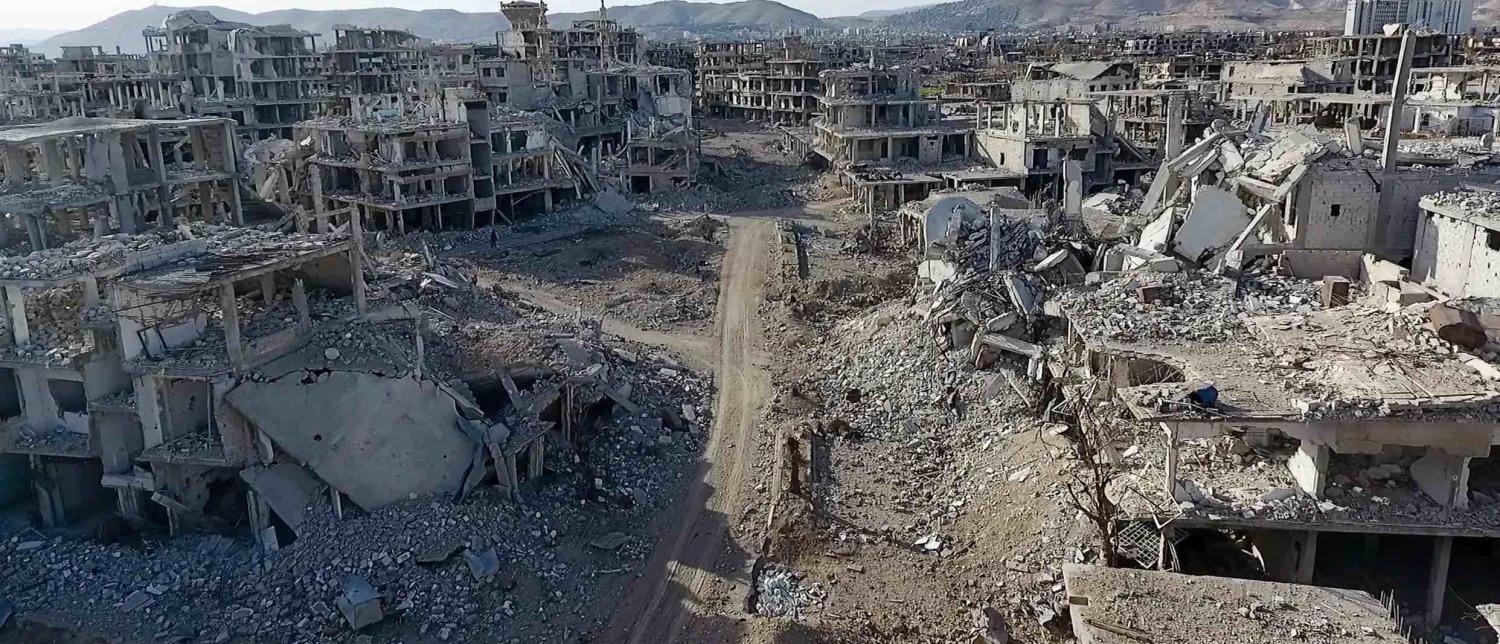The nexus between charitable aid and terrorism is a delicate and often difficult subject to discuss, let alone research. Some troubling relationships do exist, but the number of charities involved is small relative to the vast number of organisations doing good work.
Although the sums involved are also relatively small, terrorist attacks do not cost much to execute. For example, the Westgate Mall attack in Nairobi in September 2013 that killed more than 70 people cost less than US$5000 to stage. The Boston marathon bombing cost less than US$500.
Terrorists understand the urge people feel to send money and travel to conflict zones to provide humanitarian assistance, and will actively seek to manipulate these good intentions for their own purposes. For my recent paper, “Charities and terrorism: lessons from the Syrian crisis”, I travelled and spoke to NGO representatives in Beirut, Amman, and Gaziantep who were providing humanitarian assistance in the Syria crisis.
Some of these groups had years of experience operating in complex and high-risk environments, while others were aid neophytes. Their understanding of and ability to deliver due diligence to prevent terrorists siphoning off funds in such complex environments varied, but was generally good. Obviously, the larger, more professionally run (and funded) organisations had more layered and effective due diligence procedures.
And herein lies the rub: small fundraising groups often cite the fact that “100%” of their funds goes to aid, given a lack of overhead costs. While it’s true that the bigger you are, the larger your overheads, one important cost is funding the administrative infrastructure to conduct comprehensive due diligence. Hence, when trying to prevent terrorist manipulation of charities, small organisations are often worse off.
Australian foreign fighters have often claimed their reason for travelling to Syria was to provide “humanitarian assistance”. But in many cases, this was a fiction created as a way to avoid prosecution. Foreign fighters have published online booklets with instructions on how to create a humanitarian profile, and fighters understand the power of social media to create an aid-worker image to feed domestic audiences and, in some cases, media organisations.
Many of the British “charity convoys” delivering ambulances into the war zone in the earlier days of the conflict had been infiltrated by jihadists due to poor due diligence. The French charity Pearl of Hope, for example, mixed valid aid delivery with material support for jihadists in Syria. Several Australian foreign fighters claiming humanitarian worker status have also been revealed as jihadists.
The challenge for authorities is to allow the passage of humanitarian aid and funding into a conflict zone in a timely manner while still monitoring that flow as much as possible. Governments need to verify the reasons why people travel to such regions, and to punish those who travel there to fight or support fighters.
The challenge may be overcome by requiring aid groups to register with the government in order to operate in these zones, and for registration to be granted only when the government is confident that charities have sufficient due diligence frameworks in place. This may favour big groups as first responders, but protect smaller groups from exploitation.
A more liberal use of the “declared areas” legislation will also make it more difficult for terrorists to travel to these areas, yet still permit people with legitimate reasons to travel. Both measures require a different way of viewing charity in conflict zones; however, given what we have learnt from the Syrian experience, now is a good time to debate such issues.

